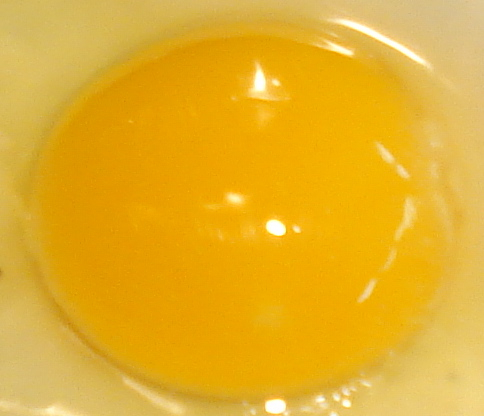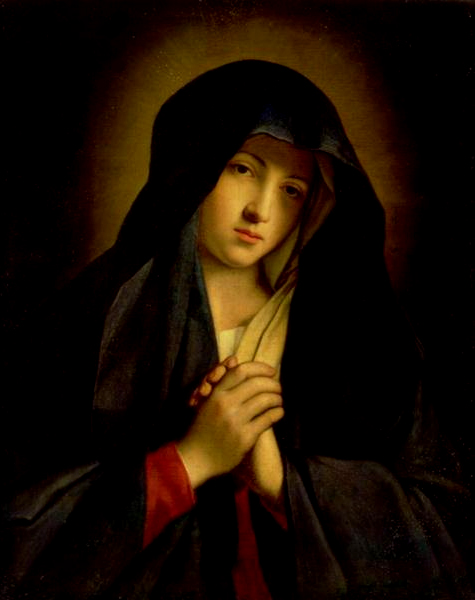The always-helpful Rose Levy Beranbaum offers three tips when using egg yolks, discussing the following:
- More and more often, the proportion of yolk to white is less than it has been over the past decades.
- If egg yolks are combined with sugar and allowed to sit they will crust over, dry out on the surface, and result in lumps in the cooked or baked product.
- If you have extra yolks, you can freeze them but only if you stir in some sugar which will maintain their texture.
.
Read the whole thing here.
Rose has an excellent blog for bakers, a great source for information that nicely compliments her highly acclaimed baking books; I highly recommend it!
“Rose Levy Beranbaum is the award-winning author of nine cookbooks, including The Cake Bible, the International Association of Culinary Professionals Cookbook of the Year for 1988. It was also listed by the James Beard Foundation as one of the top 13 baking books on “the Essential Book List.” Rose also won a James Beard Foundation Award in 1998 for Rose’s Christmas Cookies, and her book, The Bread Bible, was an IACP and James Beard Foundation nominee and was listed as one of the Top Ten Books of 2003 by Publishers Weekly and Food & Wine. Her most recent book, Rose’s Heavenly Cakes, won the International Association of Culinary Professionals Cookbook of the Year for 2010.
She is a contributing editor to Food Arts magazine and writes regularly for the Washington Post, Fine Cooking, Reader’s Digest, and Bride’s. Her popular blog, realbakingwithrose.com, has created an international community of bakers where you can visit Rose Levy Beranbaum and join in the discussion on all things baking. While you are there, you can bring the author right into your kitchen as she demonstrates key techniques and shares trade secrets so that you can create perfectly divine cakes.”
.








